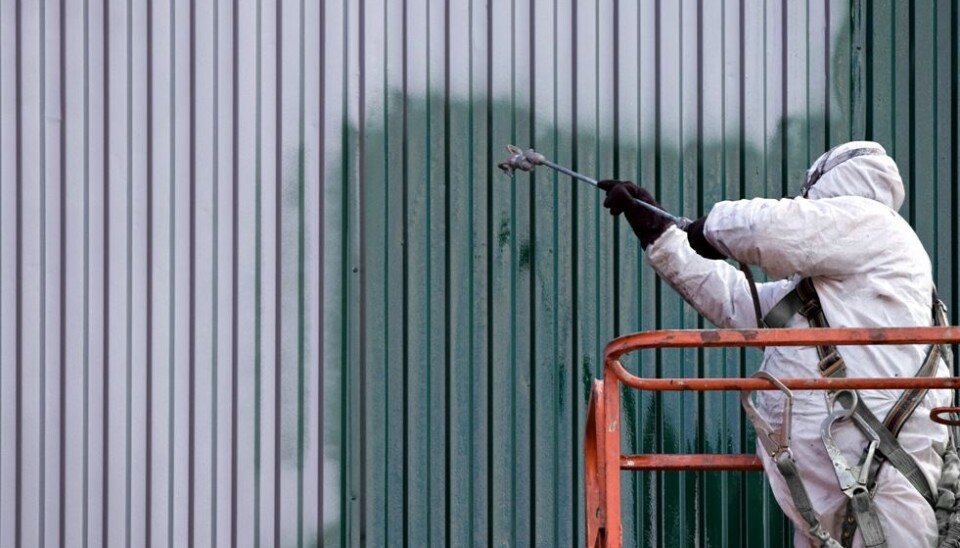
Plumbers and hairdressers share asthma threat
Plumbers, hairdressers and painters risk developing asthma from the chemicals they encounter, despite regulations for protective gear and other safeguards.
It’s been known a very long time that exposure to dust from coal and asbestos or from paint and cleaning fluid fumes are occupational hazards.
The first work environment regulations in Norway were enacted in the 1800s when children were toiling in match factories. Now of course, Norway’s Work Environment Act stipulates that employers are responsible for ensuring that work with hazardous substances does not pose health risks for employees − for instance workers must be provided with protective gear and equipment.
Despite such safeguards, a charting of workers in Northern Europe – including Norway – shows that the risk of contracting asthma is still large in some lines of work.
Among those studied, a whopping 14 percent of the asthma cases among men and seven percent of the cases among women could be attributed to work-related dangers.
Quadruple risk for plumbers

Upwards of 13,000 persons participated in the study, which ran two decades, from 1980 to 2000. It was conducted in Norway, Sweden, Denmark, Iceland and Estonia. Among these, 429 persons had adult-onset asthma.
This amounted to averages of 1.3 cases per 1000 males and 2.4 cases per 1000 females in these countries.
The Swedish researchers divided up the participants according to gender and job type. The groups with the biggest risk of occupation-related asthma were male spray painters and male plumbers.
Plumbers work a lot with new types of adhesives such as artificial resins and also with spray foam insulation. Their risk of developing work-related asthma was four times higher than the control group’s.
The control group consisted of teachers, office secretaries and others who do not ordinarily encounter dangerous substances at work.
Spray paint includes diisocyanates, which are also found in sealants and grouts, paints and foam rubber. Diisocyanates irritate the respiratory system and one variety is classified as carcinogenic.
When compared to the control group, spray painters had seven-and-a-half times the risk of getting asthma.
Among female workers the riskiest jobs in an asthma context were cleaners and hairdressers. Their daily work involves chemicals such as strong detergents and hair dyes.
Not differentiated by country
According to the Norwegian Labour Inspection Authority, about 100 cases of work-related asthma are reported in Norway annually. However, the government watchdogs think the problem is under-reported – not everyone is open about getting an asthma diagnosis.
The researchers have not made a comparative analysis of occupational-related asthma risks by country.
This means that a lack of worker protection in a given country could be raising the asthma risk there and also increasing the overall average.
But they have controlled whether the persons in the study had a history of hay fever before joining the work force. Hay fever increases the hazard of contracting asthma.
“If we look at the participants who did not previously have an elevated risk of becoming asthmatic, we see that risk increasing among those exposed to artificial resins and diisocyanates,” says the main author of the study, Linnea Lillienberg of Sahlgrenska Academy in Gothenburg.
Confirming and detailing previous findings
The new study reinforces the results of an article from 2009, also from Gothenburg. It concluded that work-induced asthma is probably responsible for five to 15 percent of all new cases of asthma among adults.
This study, however, had been based on an analysis of several earlier studies and it did not discern among different lines of work.
“A proactive approach to preventing adult-onset asthma induced by workplace requires knowing which substances on the job are increasing risks of the disease, and which occupations are linked to extra high risks,” asserts Lillienberg.
-------------------
Read the Norwegian version of this article at forskning.no
Translated by: Glenn Ostling








